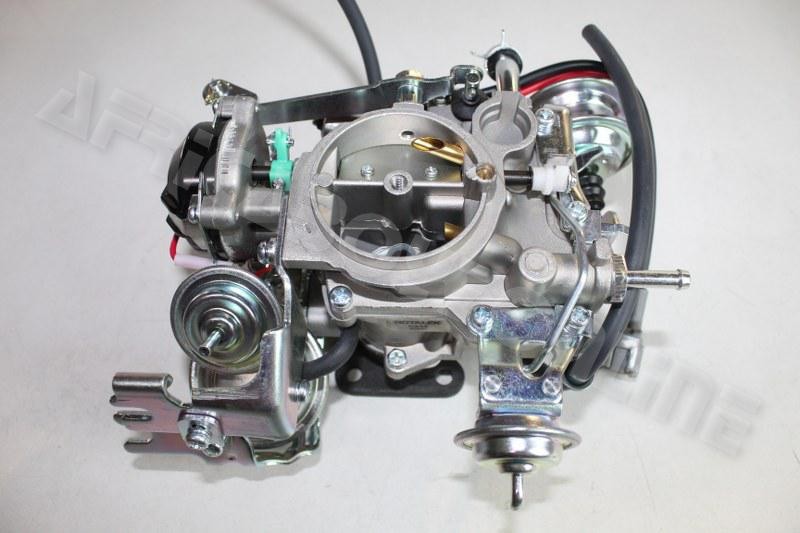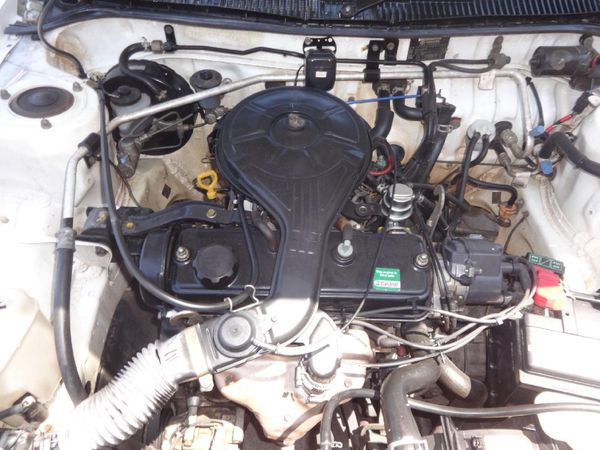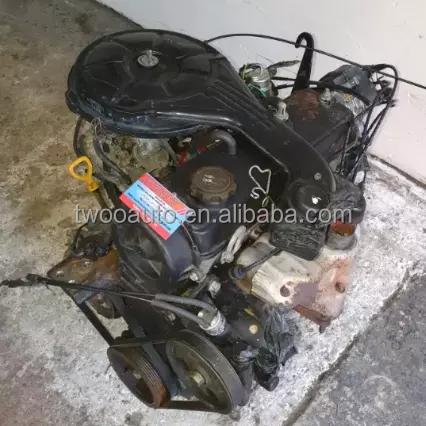Toyota Tazz: A Practical and Efficient Car for City Driving and Beyond
Toyota Tazz: A Practical and Efficient Car for City Driving and Beyond
Blog Article
Explore the most recent Patterns in Engine Technology Via Tazz
In the quickly developing landscape of vehicle innovation, Tazz stands at the center, highlighting considerable developments in engine systems that prioritize both advancement and sustainability. tazz. From crossbreed engines that enhance fuel performance to the development of hydrogen fuel cells, the patterns forming modern powertrains are not just boosting performance yet additionally dealing with critical environmental difficulties. As the sector continues to push limits, it is necessary to consider how these advancements will certainly influence future transport solutions and the broader ramifications for global energy intake. What exists ahead in this critical improvement?
Crossbreed Engine Innovations
Hybrid engine advancements represent a pivotal change in vehicle modern technology, integrating the advantages of interior burning engines with electrical propulsion systems. This integration not only improves fuel performance however likewise lowers discharges, conference progressively rigorous environmental guidelines. By making use of both power sources, hybrid engines can enhance efficiency, delivering power when required while saving fuel during much less demanding motoring problems.
Current developments in crossbreed innovation consist of improvements in battery performance and regenerative stopping systems. These innovations enable better energy healing throughout deceleration, which can be rerouted to help in acceleration or power auxiliary systems. Manufacturers are concentrating on portable styles and lightweight products to optimize the efficiency of crossbreed powertrains.
The advancement of plug-in crossbreeds has also broadened the market, enabling vehicle drivers to charge their cars utilizing conventional electric outlets. This feature typically allows for significant all-electric range, more reducing dependence on conventional fuels. tazz. As the vehicle market continues to develop, hybrid engine technologies are expected to play an important duty in linking the void in between traditional cars and totally electrical designs, offering a transitional remedy that caters to varied consumer needs and choices
Advancements in Electric Powertrains
The automotive landscape is swiftly evolving, with electrical powertrains becoming a leading force in lasting transportation. Breakthroughs in electrical lorry (EV) innovation are dramatically enhancing individual, performance, and efficiency experience. Secret technologies consist of renovations in battery chemistry, which have increased power density, minimized billing times, and expanded overall battery life.
Solid-state batteries, as an example, promise to revolutionize the market by providing greater safety and performance compared to traditional lithium-ion cells. Furthermore, innovations in regenerative stopping systems are enabling vehicles to recover energy throughout deceleration, contributing to general efficiency.
In addition to battery technology, electric motor styles are coming to be extra advanced. Advancements such as integrated electric motors and advanced thermal monitoring systems are assisting to maximize power distribution and reduce weight, eventually boosting automobile dynamics.

Collectively, these breakthroughs highlight the dedication to change towards cleaner, much more effective transport options, placing electric powertrains at the center of auto advancement.
The Increase of Hydrogen Gas Cells
Progressively, hydrogen fuel cells are gaining grip as a practical alternative to traditional internal burning engines and battery electrical lorries. This technology utilizes the chemical energy kept in hydrogen, transforming it into electrical energy through an electrochemical reaction with oxygen. The key by-product of this procedure is water, making hydrogen fuel cells an eco-friendly alternative with zero exhausts at the tailpipe.

Automakers are increasingly buying hydrogen fuel cell modern technology, recognizing its possibility for long-range applications and fast refueling capacities that measure up to traditional gas. Furthermore, markets such as heavy-duty transport and public transit are particularly appropriate for hydrogen fuel cells, where battery electric services might fail as a result of weight and range limitations.
As research study and financial investment remain to broaden, hydrogen fuel cells are positioned to play a considerable duty in the future landscape of clean transportation and power solutions.
Enhancements in Internal Combustion Engines
Innovations in inner combustion engine (ICE) technology are transforming conventional automobiles to meet modern-day ecological standards and efficiency assumptions. Straight gas shot, for circumstances, permits for far better atomization of gas, leading to even more total burning and enhanced power output.
Additionally, turbocharging has actually acquired prominence, allowing smaller engines to deliver greater performance without the weight of bigger engines - tazz. This modern technology not only improves performance however additionally adds to lower fuel consumption. Variable shutoff timing systems are likewise being improved, enabling engines to adjust to different driving problems for enhanced torque and responsiveness
In addition, using light-weight products in engine construction is ending up being standard, more boosting fuel performance by reducing total lorry weight. Engine control devices (ECUs) are significantly innovative, making it a knockout post possible for real-time changes that enhance performance and emissions.
These improvements jointly signify a critical shift in ICE innovation, lining up with worldwide sustainability goals while still providing the performance motorists anticipate from their vehicles. As the market evolves, these enhancements proceed to shape the future of standard vehicle design.
Future Patterns in Engine Performance
Substantial advancements in engine performance are prepared for as suppliers concentrate on integrating innovative technologies to satisfy rigid ecological guidelines and consumer demands. The change in the direction of electrification, crossbreed systems, and alternative gas is reshaping the auto landscape, driving developments that improve fuel economic climate and lower exhausts.
One of the vital trends is the application of advanced materials and making techniques. High-strength alloys and light-weight compounds add to reduced lorry weight, thus enhancing overall performance. Additionally, the adoption of turbocharging and variable valve timing innovations enables boosted power output from smaller engines, further improving fuel economic climate.

Verdict
Technologies in hybrid engine systems, electrical powertrains, and hydrogen gas cells show a commitment to decreasing emissions while improving efficiency. Renovations in interior burning engines and a focus on lightweight materials contribute to overall engine efficiency.
From hybrid engines that optimize gas performance to the development of hydrogen helpful site gas cells, the patterns shaping modern-day powertrains are not only enhancing efficiency yet additionally resolving crucial ecological obstacles.Crossbreed engine technologies represent a critical shift in auto technology, integrating the advantages of interior combustion engines with electrical propulsion systems.In addition, turbocharging has actually gained prominence, enabling smaller sized engines to deliver higher performance without the weight of larger engines. In addition, the adoption of turbocharging and variable valve timing innovations enables for boosted power output from smaller engines, even more enhancing fuel economic climate.
Enhancements in internal combustion engines and a focus on lightweight products add to overall engine efficiency.
Report this page